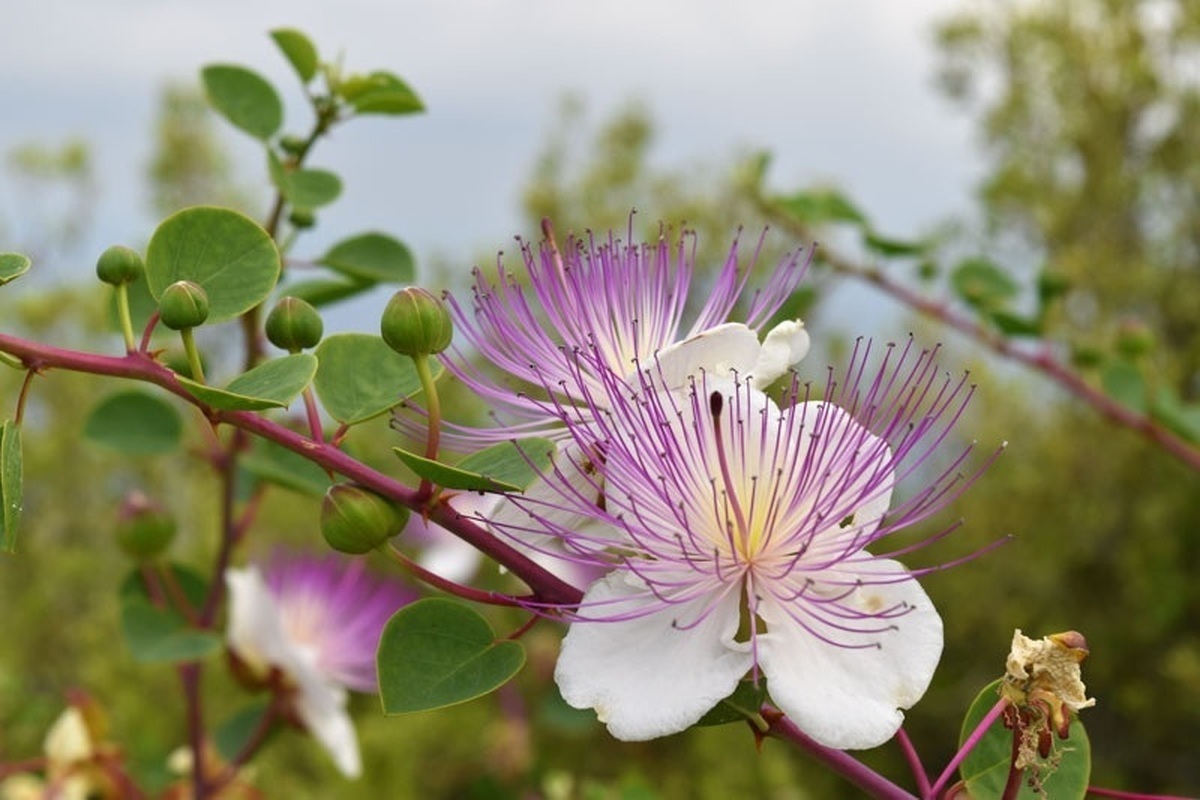Iranian Researchers Grow Seedling of ‘Capparis’ Herbal Plant

Kabar plant is a permanent and deciduous species with deep roots and hanging and irregular stems, which is compatible with hot, dry and unfavorable environments.
“The main habitats of Capparis have been reported in Southern European countries, including Spain, Italy, Greece, Turkey, North Africa and the Middle East, and in Iran, in the slopes of Alborz, East and West Azerbaijan, Ardabil, Ilam, Khuzestan, Bushehr, Kermanshah, Fars, Yazd, Kerman, Hormozgan and Sistan and Baluchestan,” said Zahra Radmanesh, the managing director of the company.
She called Kabar a plant compatible with poor soils, saying, “It can grow in places with limited water and food. Also, Capparis is considered as an important medicinal plant, and the flower buds, fresh leaves, roots and fruits of Kabar are used for food and medicinal purposes. The origin of this plant is desert areas and the cultivation of this plant is aimed at reducing the dust.”
Noting that countries like Saudi Arabia and the UAE have turned to this plant to reduce desertification since it can prevent the occurrence of dust , Radmanesh said that the roots of this plant are from 3 to 30 meters inside the soil which stabilizes the soil.
“This plant does not need irrigation, fertilizers and poisons, and in addition to its medicinal properties, it is a tasty and popular product that reduces diabetes and liver fat,” she underlined.
Capparis is a genus of flowering plants in the family Capparaceae. It includes 142 species of shrubs or lianas which are collectively known as caper shrubs or caperbushes. Capparis species occur over a wide range of habitat in the subtropical and tropical regions of Africa, Eurasia, Australasia, and the Pacific.
The leaves are simple, entire, and rarely reduced. Flowers are bisexual, bracteates, axillary or supra-axillary, solitary or in rows, in racemes or umbels. Sepals and petals are 4 in number and are free. Stamens are many, ovary on a gynophore, one-celled. Fruit is a berry, globose or ellipsoid.
4155/v





















